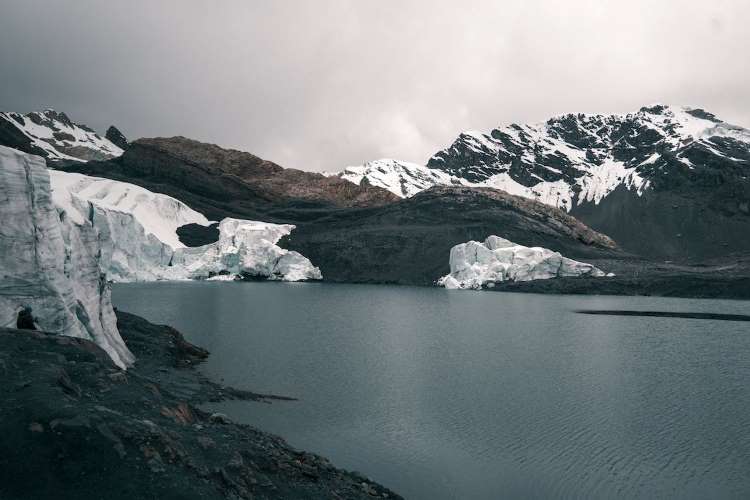
Melting ice is a crucial pointer of anthropogenic climate change. A new model developed by scientists at Rutgers University shows that Greenland’s glaciers are melting 100 times faster than earlier estimations. The model takes into account the latest information on how ice shelfs are consumed from their vertical faces. The Greenland ice sheet holds enough water to raise sea levels by 6 meters.
The pace at which the ice melts decides how fast glaciers lose mass, adding fresh water into ocean and causing sea level rise. The scientists have been using Antarctica-based models to study glaciers in Greenland though they understood that the models are no perfect match. But it is extremely difficult to study the edges of Greenland glaciers where warm water undercuts the ice leading to dramatic collapses and mini-tsunamis without any warning. The new study finds a better way to calculate melt rates by using observations of submarine melt waters near two vertical glaciers.
READ I Climate change may erase more than a quarter of species by 2100
Faster melting by Greenland’s glaciers
Greenland had experienced a heat wave in September for the first time in four decades, leading to severe ice melt. Researchers led by Rebecca Jackson used robotic boats to take measurements at the dangerous ice cliffs. They conducted studies at Alaska’s LeConte Glacier and Greenland’s Kangerlussuup Sermia.
The measurements show that the earlier Antarctica-based models underestimated the Arctic glacial melt. The cold freshwater from glaciers mixes with warmer seawater, increasing ocean circulation close to the glaciers, leading to higher melt rates. The model offers a better understanding of cliffs-like glacier faces.
Underwater melting of Greenland’s glaciers leads to substantial mass loss of the ice sheet speeding up sea level rise across the world. Melting of ice by warm waters leads to undercutting of glacier terminus and calving of glacier fronts. Freshwater from melting glaciers controls the circulation of water within fjords as well as global ocean circulation patterns.
The new study was instituted to meet the urgent need to arrive at plausible and informed melt rate calculations to be used in ocean circulation models. The findings of the study withstood comparison with observational estimates of melt rates of marine terminating glaciers.
The study suggests the dominance of background submarine melting over subglacial discharges. It calculated the submarine melt rates on the basis of glacier front geometry as well as temperature and salinity profiles. A better measurement of fresh water input into the seas will help understand the impact of mass loss of the Greenland Ice Sheet on global circulation patterns.
The news on Greenland’s glaciers is especially worrisome when higher air temperatures, melting sea ice, shorter periods of snow cover, increased incidents of wildfires and rising rainfall threaten wildlife in the Arctic region. Climate change has made the Arctic wetter and stormier, threatening its vulnerable ecosystems and local communities.
The current year is the region’s sixth warmest year on record. Arctic air temperatures are rising faster than the global average with the last seven years recording the regions hottest years since 1900. Arctic precipitation is on the rise across seasons and the changes have disrupted life in the region.
